You may have heard of the term PFAS in relation to toxic chemicals. But what are they and what are the main risks?
PFAS (also known as per- and polyfluoroalkyl substances) are an umbrella term for a group of synthetic chemicals so robust, they won’t break down for tens of thousands of years, earning them the nickname ‘forever chemicals’. They are found in many everyday items such as toiletries, food packaging, water or stain resistant clothing like school uniforms, and non-stick pans. Due to their persistence, the PFAS burden is only growing as these chemicals end up in the environment and accumulate. We spoke to Neil McIntosh, country manager for The Cookware Company (owner of non-stick pan brand GreenPan), to find out more about PFAS and the concerns around them.
Wicked Leeks (WL): What are the main concerns around PFAS and human health?
Neil McIntosh (NM): PFAS have been dubbed ‘forever chemicals’ as they are virtually indestructible. As well as being persistent they can be harmful to our health – especially when inhaled or consumed.
These toxic fumes, along with PFAS in the food chain and water supply, are unnoticeable, and we all ingest them every day without knowing it. 99 per cent of Europeans are calculated to have PFAS in their bodies, with studies suggesting that if they reach a high enough concentration, they increase the likelihood of health problems including impairment of the immune system, hormonal imbalances, increased cholesterol, cardiovascular disease and a higher risk of cancer.
WL: What are the main concerns around PFAS and environmental toxicity?
NM: In non-stick cookware, the commonly used polytetrafluoroethylene (PTFE) coating used is one form of PFAS, while other forms are needed to transform PTFE into a sprayable form in the production process. In the industrial processes involved across all types of products, including cookware, harmful PFAS can end up in the environment, entering and contaminating lakes, streams, groundwater, soil and, in turn, the food chain.
WL: What are the most common sources of exposure to PFAS?
NM: We are exposed to PFAS daily through our food chain and water supply as well as in everyday items such as makes up, food packaging and traditional non-stick pans.
WL: How does non-stick cookware expose us to PFAS?
NM: Most non-stick pans on the market are still made using PFAS and continue to contain the harmful chemicals in their coating. Once it reaches the kitchen and throughout its lifespan, conventional non-stick cookware releases PFAS in the cooking process, particularly at high temperatures. PTFE starts to decompose above 260 degrees, discharging toxic fumes.
WL: What are the non-toxic alternatives in non-stick technology?
NM: The issue of PFAS in non-stick pans was recognised by the founders of GreenPan – Jan Helskens and Wim De Veirman – over 15 years ago. In 2007 they founded the company and embarked on a quest for a safe alternative. The fruit of their efforts was GreenPan’s Thermolon; a toxin-free alternative to conventional non-stick coatings made from a derivative of sand and the first coating to be produced without the use of any PFAS chemicals.
WL: How can we minimise our exposures to PFAS?
NM: There has been an increase in UK media reporting on the harmful impact of PFAS to the environment and the potential risks posed. By increasing our awareness and knowledge on the consequences of PFAS we are in a better position to make healthier purchase decisions and choose PFAS-free products such as ceramic coated non-stick cookware.
WL: How has this been allowed to get to this point, and where should we go from here?
NM: In the same way that people have become highly informed on the need to eat healthily and be more sustainable in their food consumption, there is a pressing need to educate on healthy, risk-free cooking and for governments to act. We need to make the dangers of PFAS products as loud as that on sustainability and carbon reduction. A fitting analogy is that our PFAS-free cookware is the zero-emitting electric car, while the traditional non-stick pan is the carbon-emitting petrol or diesel car. We all know which is the future.
There are positive signs for moving forward, with continual global media focus, mounting scientific evidence and regulatory scrutiny regarding their harmful effects, the PFAS family of chemicals is likely to be restricted by regulations from 2025 for all but essential uses such as medical devices. The EU is now in receipt of a dossier submitted by five European countries outlining the scale of restrictions requested to be included in future legislation expected in early 2025.
To find out more
There are thousands of PFAS chemicals. But in the UK, because only two – PFOS and PFOA – are regulated, we risk falling behind the EU, where plans to get a grip on these forever chemicals are underway.
The PFAS Free project has more information and resources on its website. PFAS Free is run by Fidra, an environmental charity working to reduce chemical and plastic pollution.

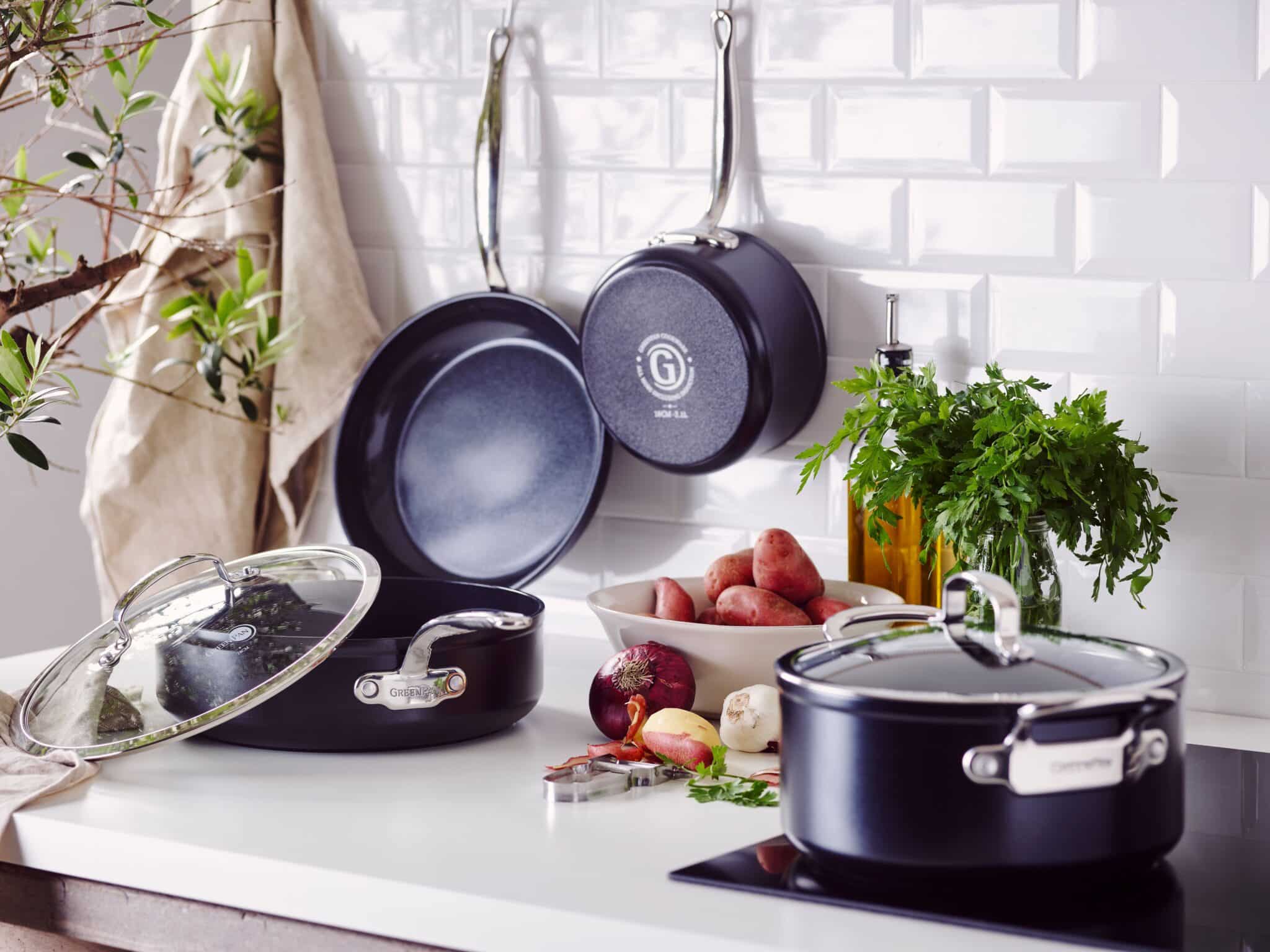
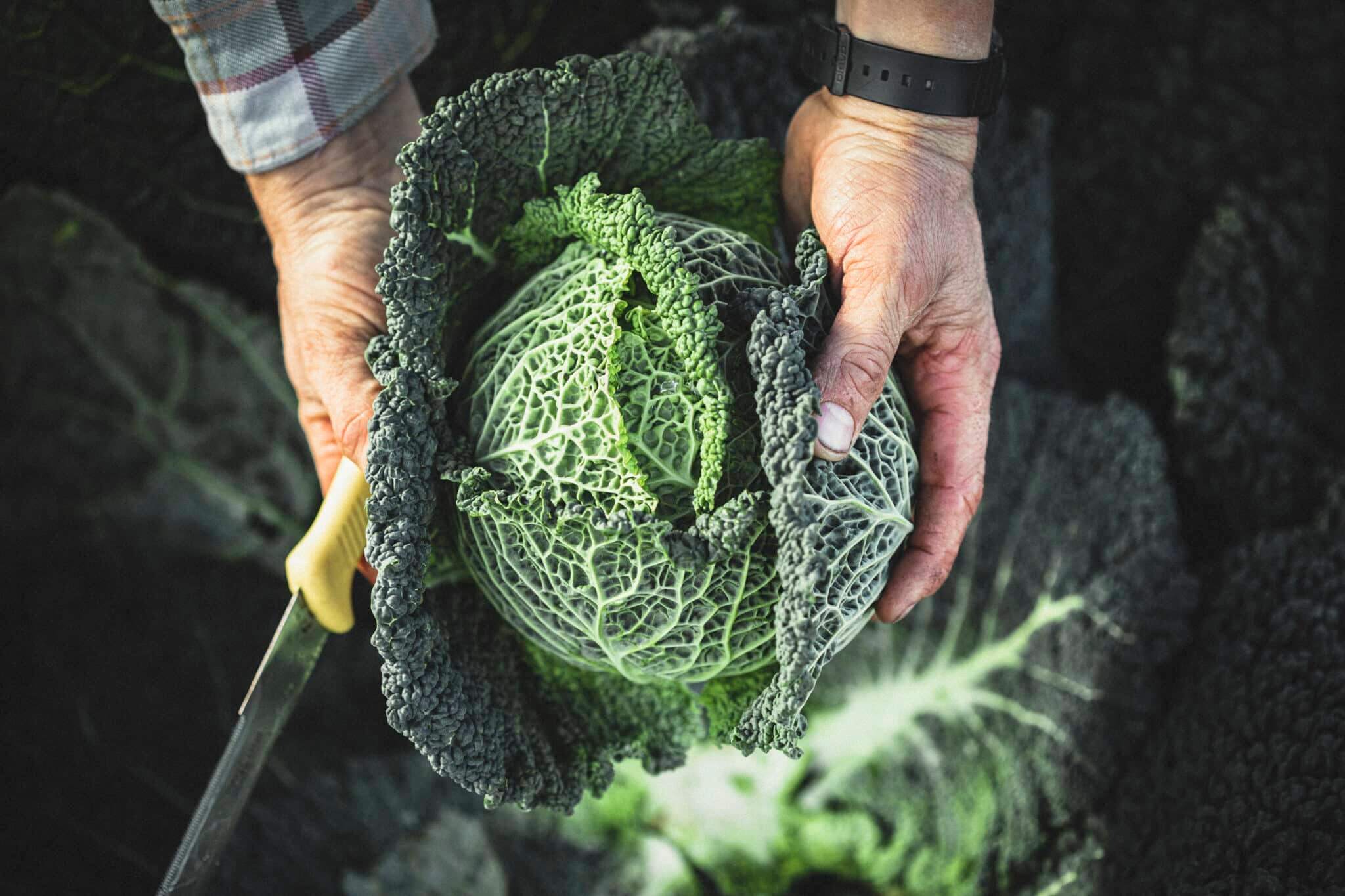

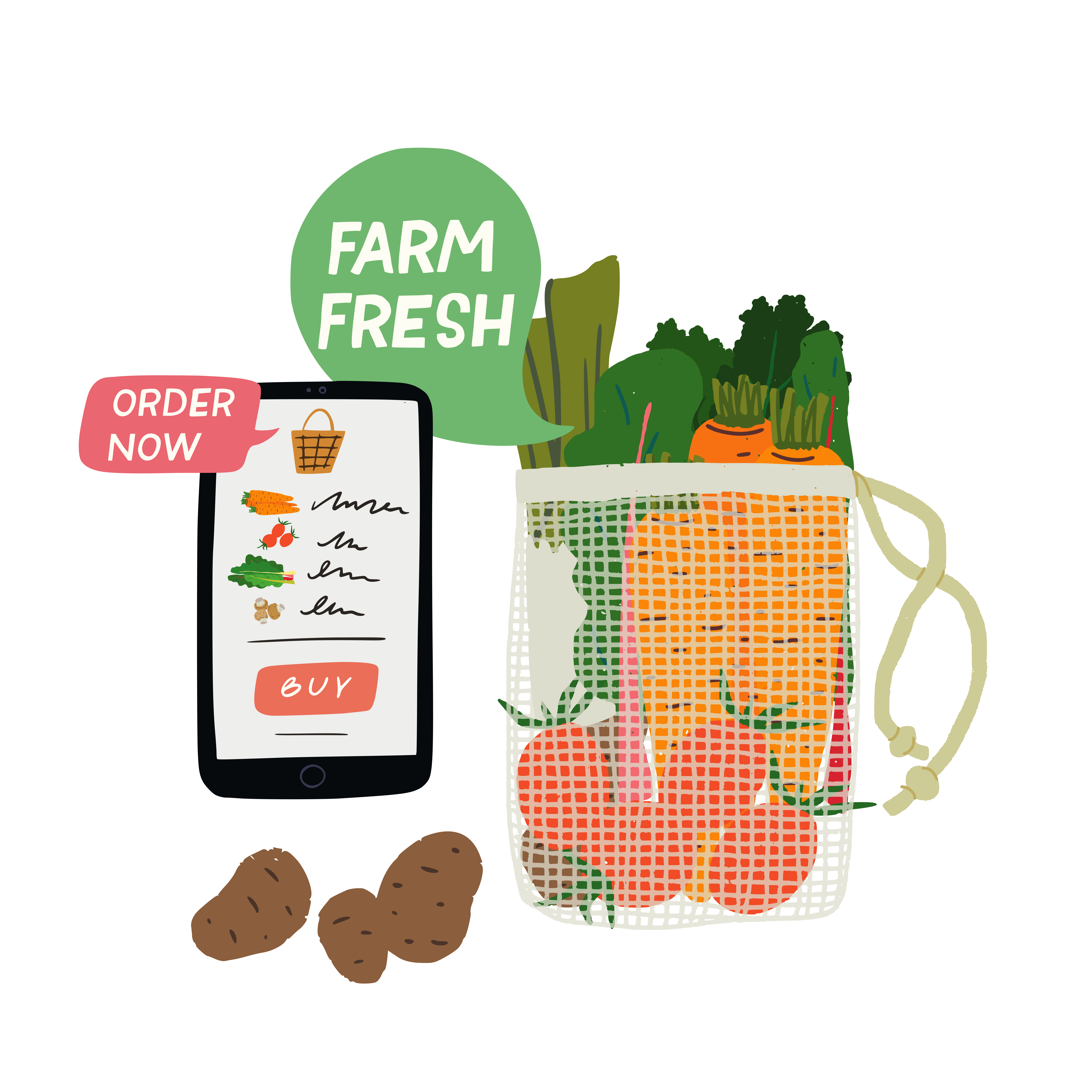

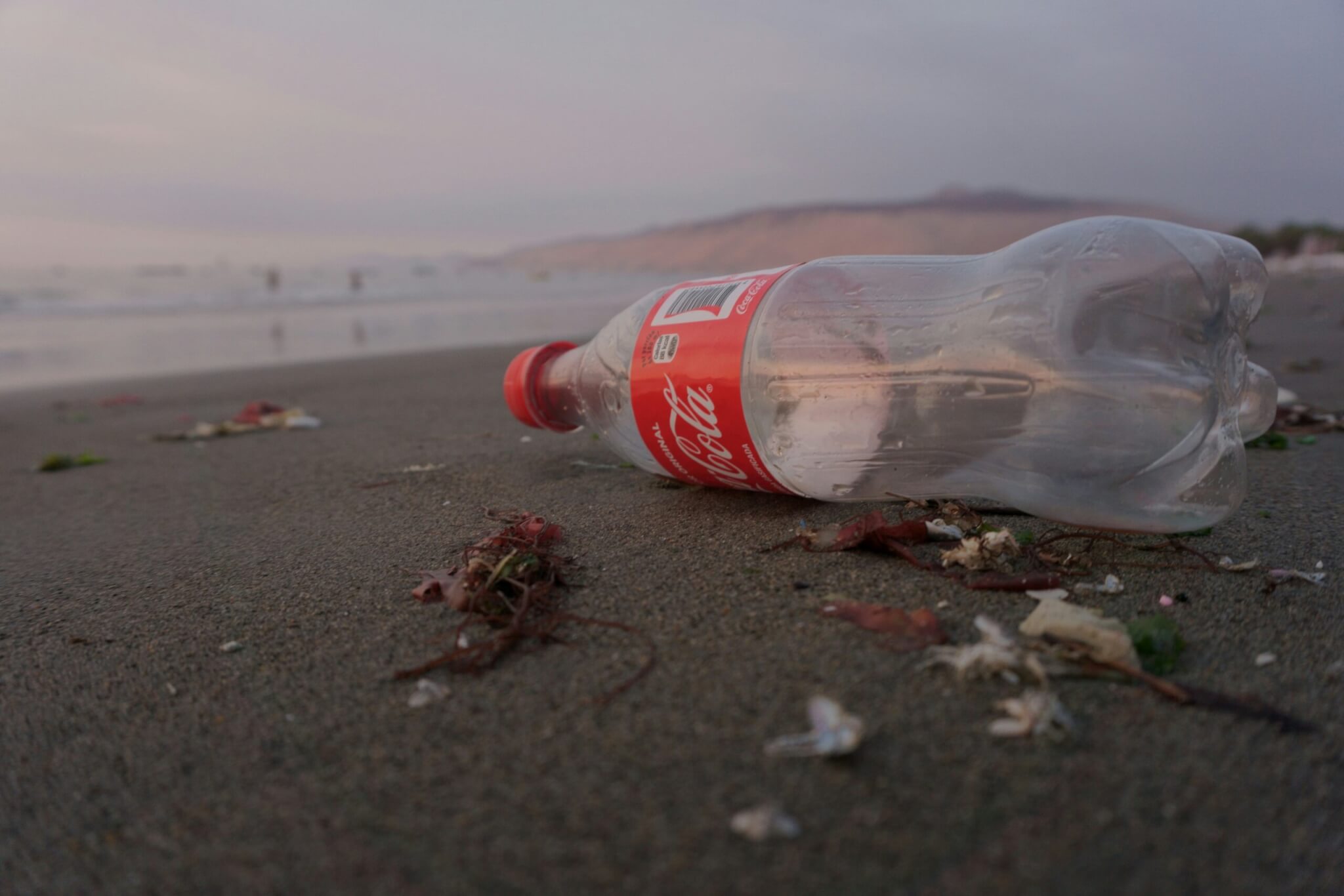
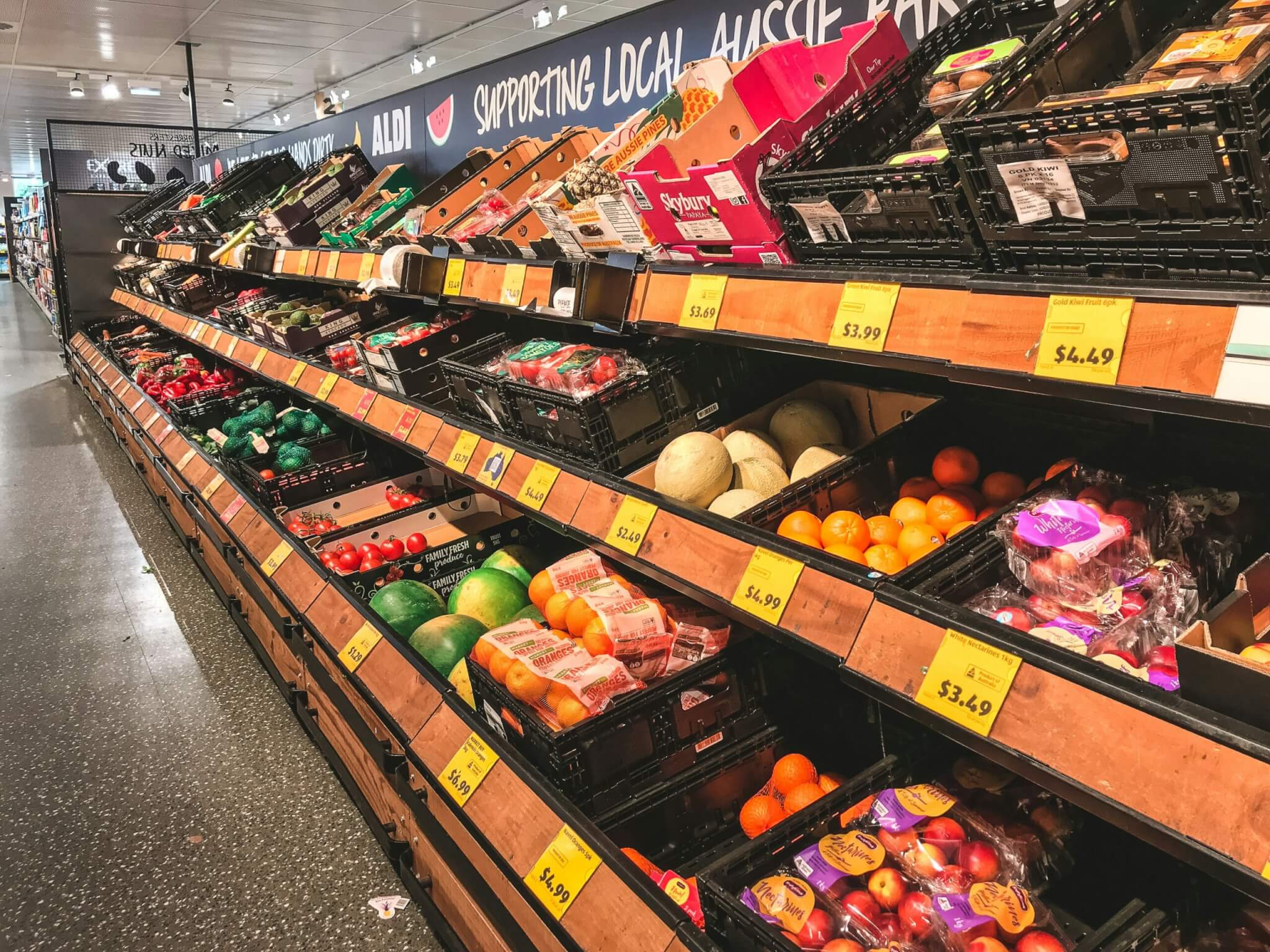





0 Comments